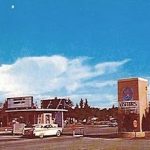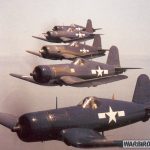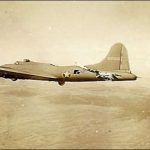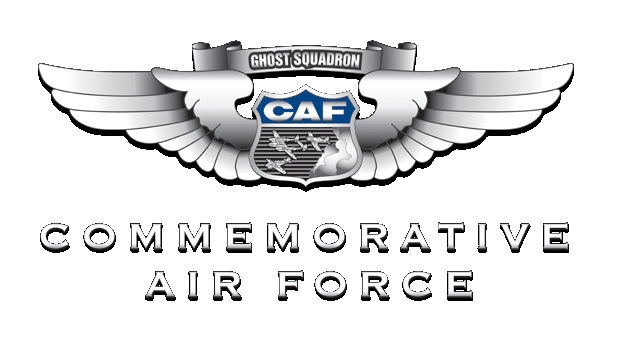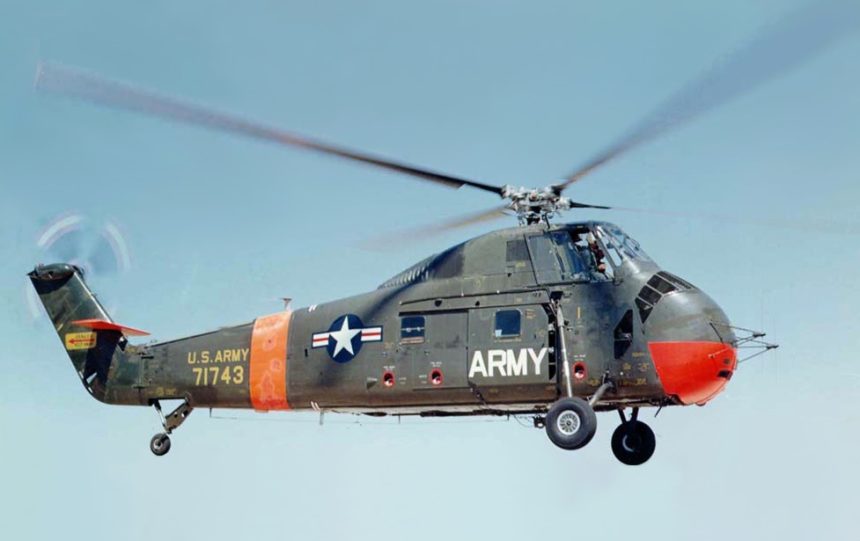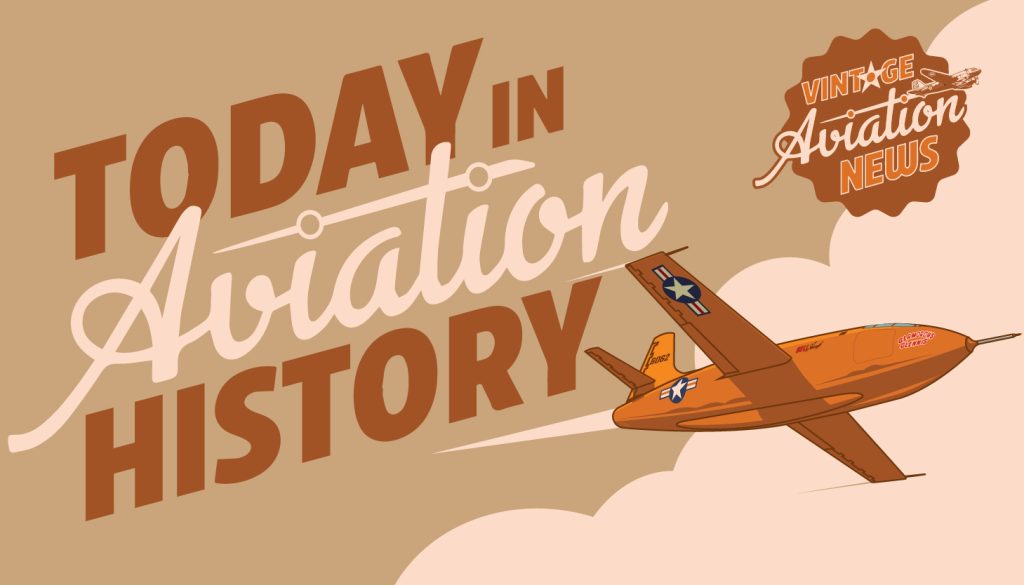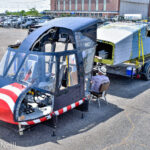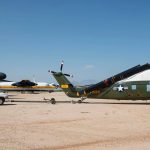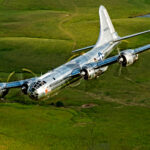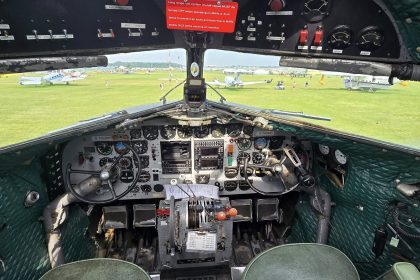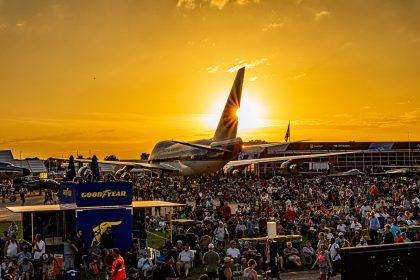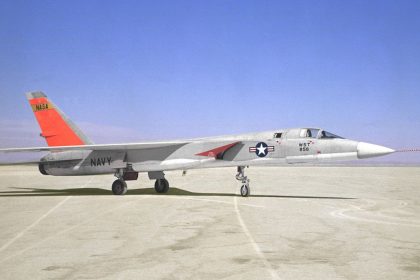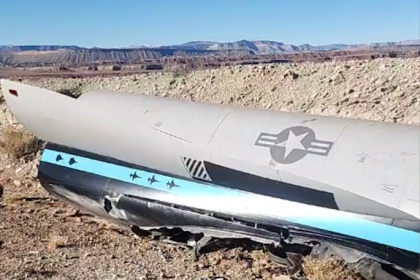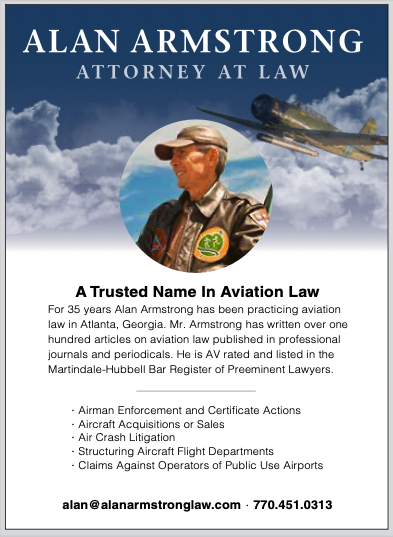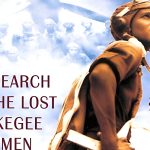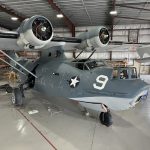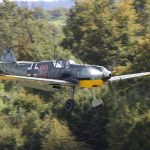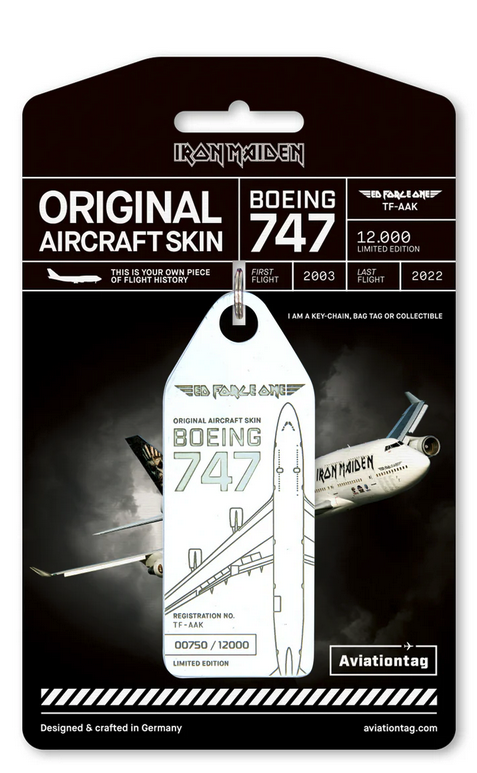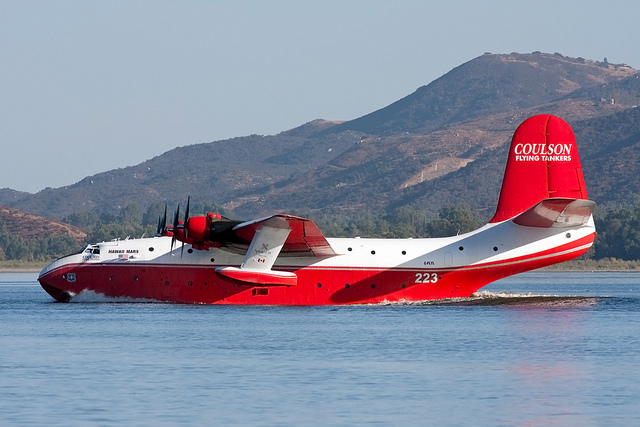On this day in aviation history, March 8, 1954, the Sikorsky H-34 took to the skies for the first time. Designated the S-58 by Sikorsky, this piston-engined military utility helicopter was initially developed for the U.S. Navy to fulfill the critical role of an anti-submarine warfare (ASW) platform. Derived from the smaller H-19 Chickasaw, the H-34—nicknamed the Choctaw—underwent modifications soon after its initial flights to enhance its versatility and performance.
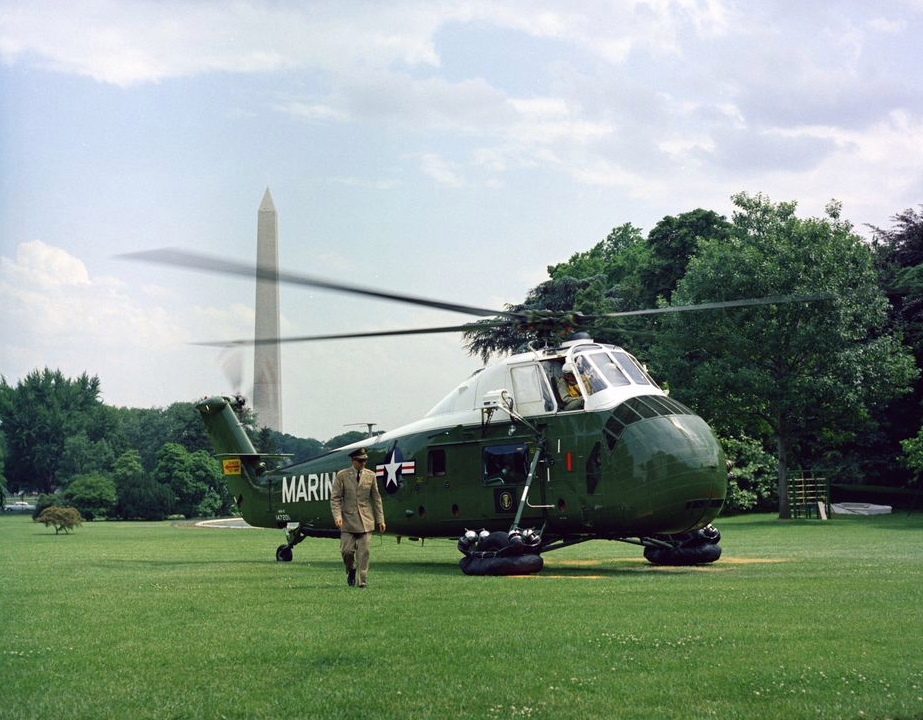
Powered by a Wright R-1820-84 Cyclone engine producing 1,525 horsepower, the H-34 had a crew of two and could carry between 12 and 18 troops or up to eight stretchers for medical evacuation missions. While primarily designed for transport and rescue operations, some variants were armed with miniguns, rockets, and AGM-12 Bullpup air-to-ground missiles for self-defense and limited offensive roles. Its primary duties, however, included troop and cargo transport, search and rescue missions, and personnel recovery behind enemy lines.
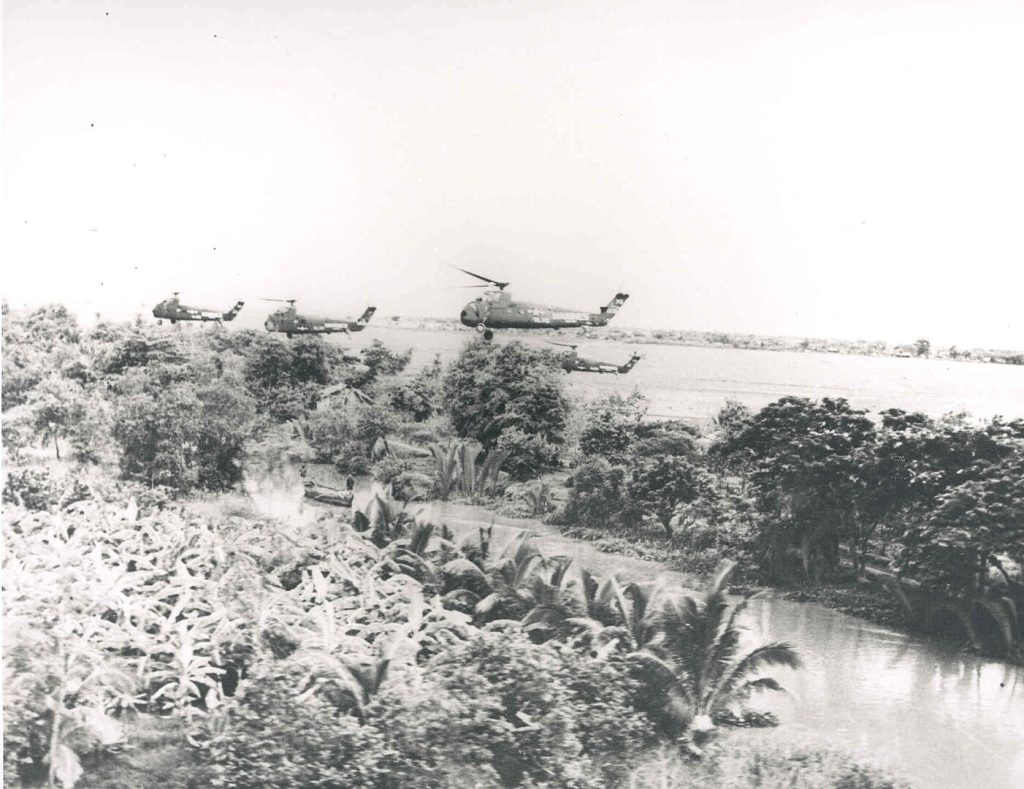
The H-34 saw extensive service across multiple branches of the U.S. military, particularly with the Navy and Marine Corps. During the Vietnam War, its reliability and availability made it highly sought after by Marines, who often called out, “Give me a HUS,” referring to its early Navy designation. Internationally, the H-34 served in the armed forces of numerous countries, including Japan, Israel, Italy, and West Germany.
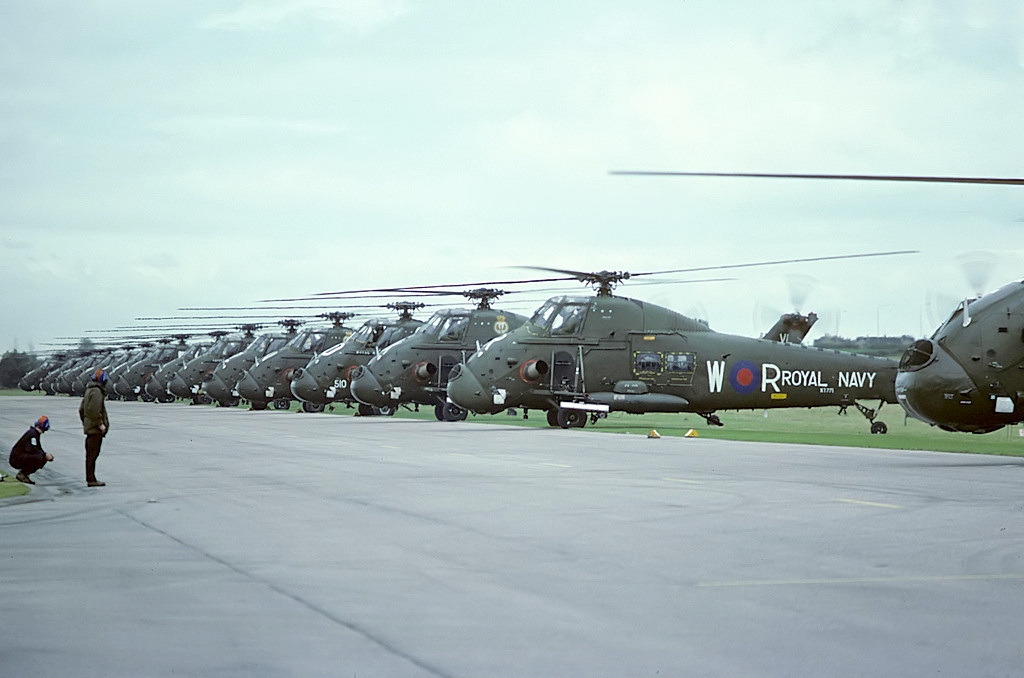
Beyond its military applications, the Sikorsky H-34 proved invaluable in the civilian sector. It played a crucial role in NASA’s Mercury program, retrieving space capsules from the ocean after splashdown. It was also employed in construction projects for hoisting equipment and materials and even operated as a passenger transport helicopter in the 1980s, ferrying travelers between JFK Airport and the East 34th Street Heliport in New York City.
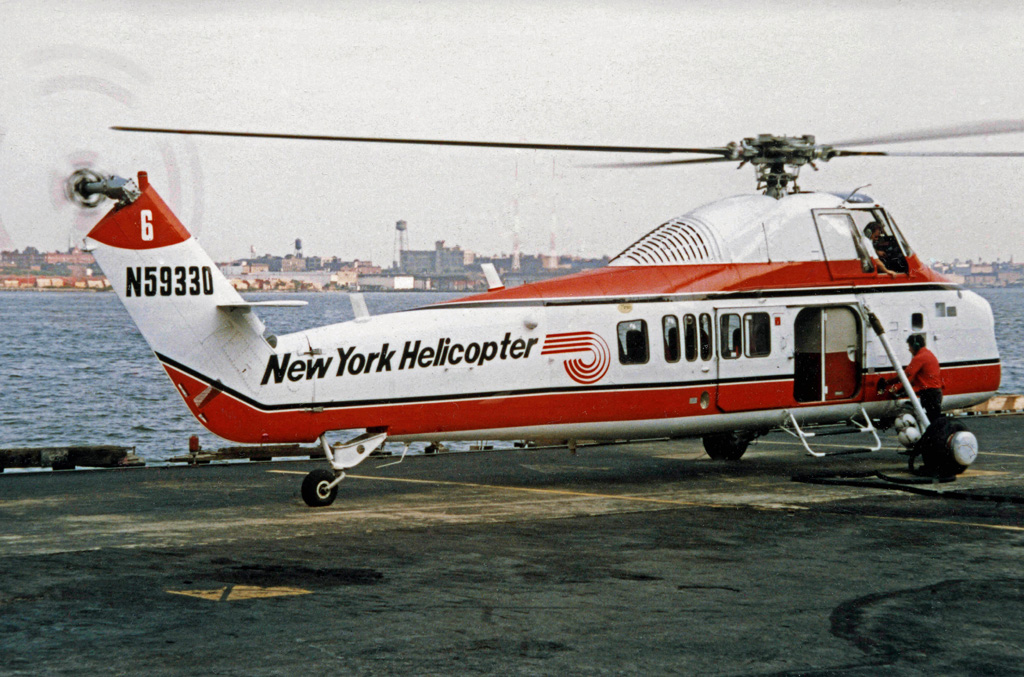
The Sikorsky H-34 Choctaw was a workhorse of its time, demonstrating exceptional versatility and durability. Today, numerous examples are preserved in museums, standing as a testament to the helicopter’s legacy and the admiration of those who flew and rode in it.




